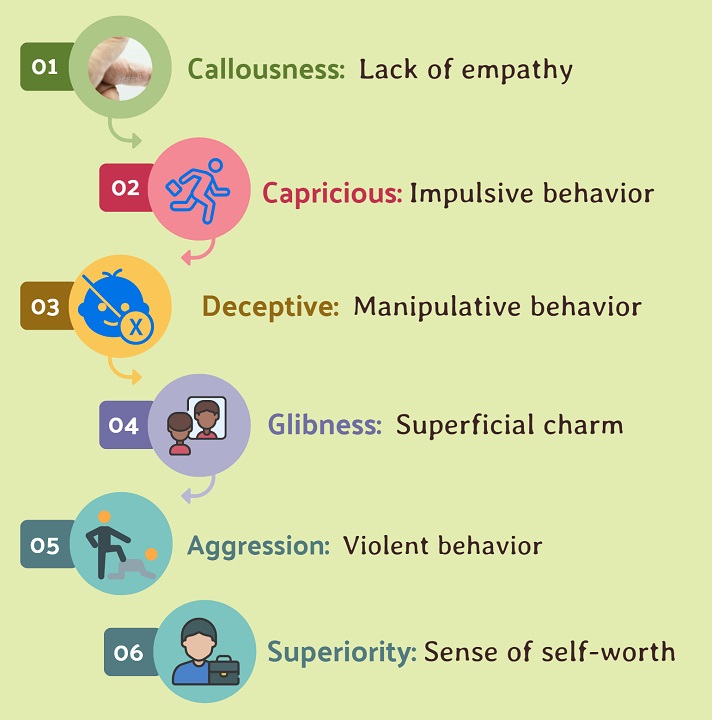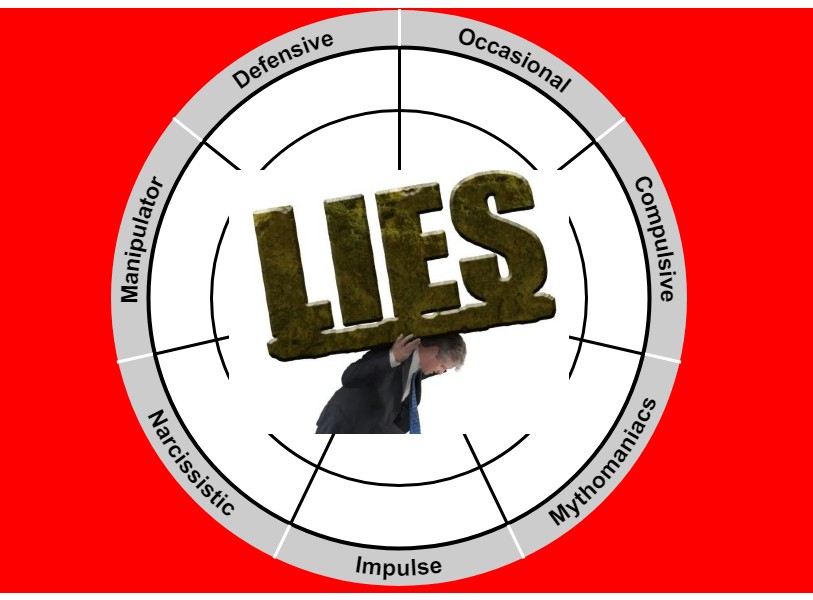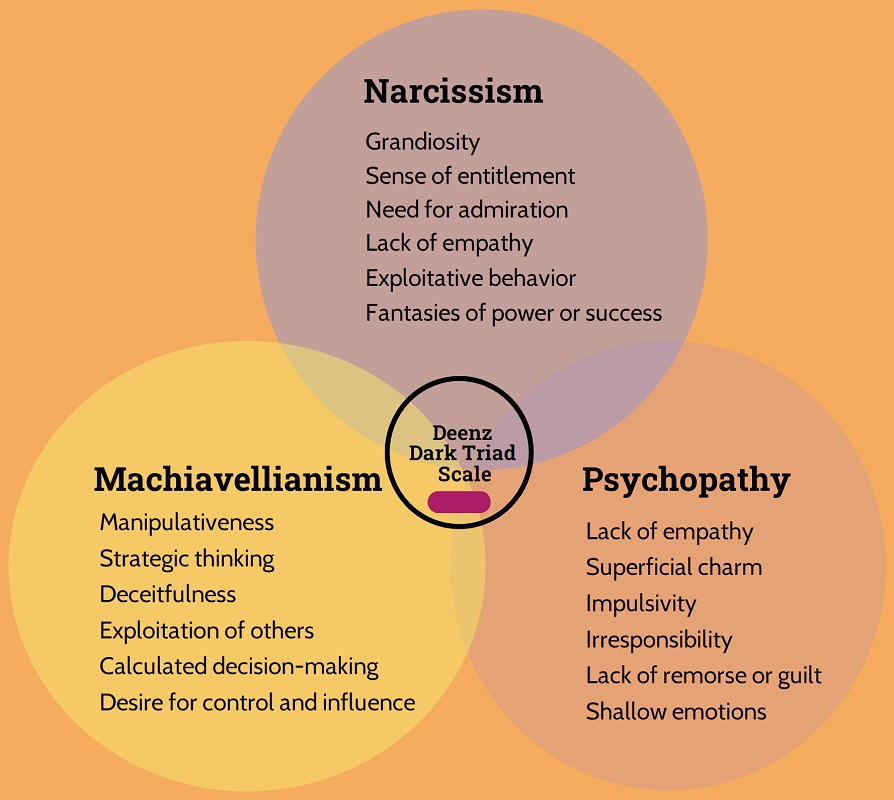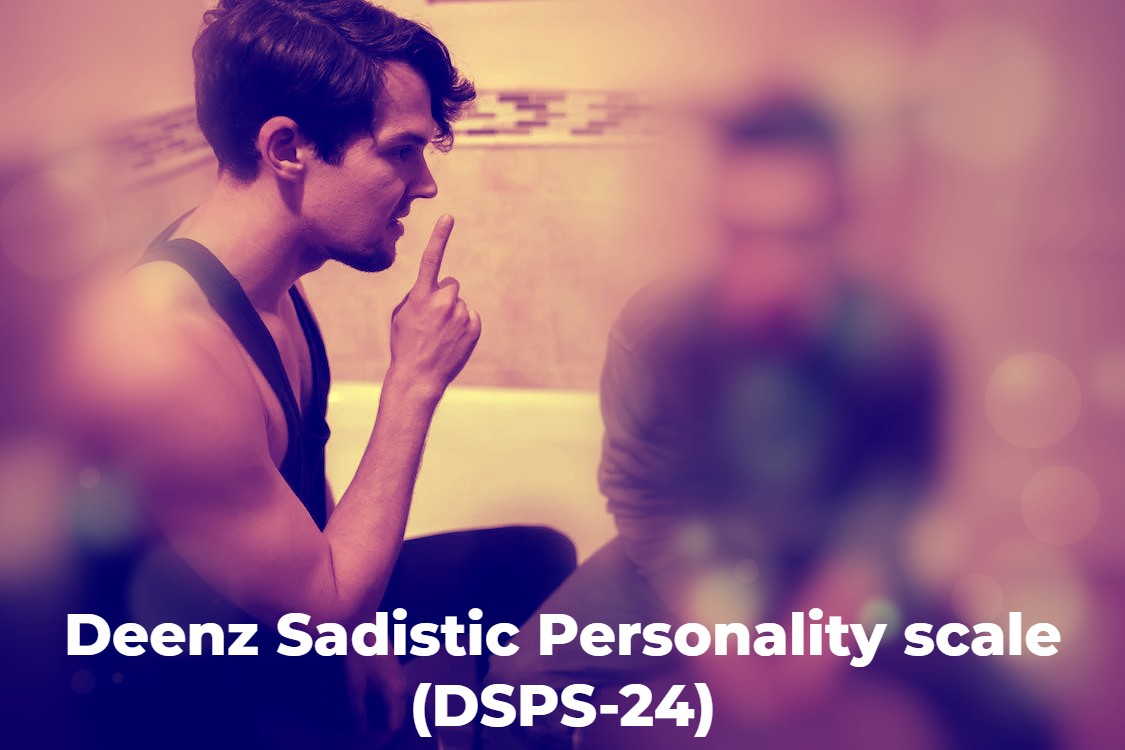Basic information | |
|---|---|
| Statements: | 28 |
| Duration: | 6–8 minutes |
| Type: | Self-assessment Quiz |
| Corresponding author: | Deen Mohd |
| Publishing year: | 2023 |
| Seminal paper: | Dissociative Identity Inventory (DII-28) - Assessing Dissociative Experiences and Measuring Inclinations Toward Pathological Traits. [8] Development and Validation of the Dissociative Identity Inventory (DII-28) |
Dissociative identity quiz is a digital adaptation of Dissociative Identity Inventory (DII-28). Participation in this quiz is completely anonymous; no data is collected or stored for research purposes. The results or information generated by the self-test are intended exclusively for educational purposes only. This self-test is NOT a diagnostic tool, and you should seek professional help if you are concerned with your symptoms.
Dissociative identity disorder (DID) previously known as Multiple Personality Disorder (MPD), is a mental health condition in which a person experiences two or more distinct and separate identities or personalities, each with its own unique set of behaviors, thoughts, and feelings. Dissociative identity disorder is a rare and complex psychiatric disorder, it is estimated that 1.5% of the global population is diagnosed with this disorder. [1] Mitra P, Jain A. Dissociative Identity Disorder. [Updated 2023 May 16]. In: StatPearls [Internet]. Treasure Island (FL): StatPearls Publishing; 2024 Jan-.
Over time the understanding of personality disorder has evolved. Researchers emphasize understanding dissociative experiences on a spectrum rather than evaluating the dissociations in general [2] Briere, J., Weathers, F. W., & Runtz, M. (2005). Is dissociation a multidimensional construct? Data from the Multiscale Dissociation Inventory. Journal of Traumatic Stress, 18(3), 221-231.. Dissociative disorder involves the presence of distinct identity states that control individuals’ behavior, consciousness, and memory.
Dissociative Identity Disorder Facets.
Amnesia: From the psychological perspective, amnesia refers to a partial memory loss or inability to recall past events resulting from a traumatic event or a stressful event. The partial memory loss experienced in DID is categorized into two types, localized or selective Amnesia and dissociative Amnesia. Localized amnesia refers to the inability to recall specific events during certain periods. One identity state may not be aware of the experiences or actions of another [3] John Morton (2017) Interidentity amnesia in dissociative identity disorder, Cognitive Neuropsychiatry, 22:4, 315-330.. Dissociative Amnesia refers to the the experiences of memory lapses, such as the inability to recall personal information and important life events.
Dissociation: Dissociation refers to the feelings of disconnection of thoughts, memories, and sense of identity. It is a defense mechanism used by the mind to cope with stress and trauma or emotional distress. People who experience dissociation, feel detached from themselves and the world around them. [4] Spiegel, David, and Daphne Simeon. “Dissociative disorders.” Study Guide to DSM-5 (2015): 195-210.
Alters: Alters refers to the experiences of distinct identified states in which a person reports shifts in their thoughts, feelings, and behaviors. These identity states often develop as a way to cope with trauma, abuse, and overwhelming stressful events. [5] Merckelbach, H., Devilly, G. J., & Rassin, E. (2002). Alters in dissociative identity disorder: Metaphors or genuine entities? Clinical Psychology Review, 22(4), 481-497.
Confusion: People with DID often experience states of being uncertain or unclear about different identity states. It can manifest in various ways such as identity confusion, switching confusion, and memory gaps. A switch between identities can trigger confusion, and lead to not being fully aware of the actions or experiences of each alter.
Flashbacks: People with DID experience sudden and intense memories of something bad or scary that may have happened in the past. They feel like their mind is bringing them back to that moment and feel the same emotions and sensations. Flashbacks are often triggered by things that remind them of past experiences. Most often they may feel a high level of emotional distress such as helplessness, horror, or fear associated with past traumatic experiences.
Depersonalization: Depersonalization refers to the state of feeling detached from oneself. People with depersonalization feel like they are watching or observing their own thoughts, feelings, and actions from a distance. They may feel like time is passing differently or feelings of not fully present in the current movement. [6] Heydrich, L., Marillier, G., Evans, N., Seeck, M., & Blanke, O. (2019). Depersonalization‐ and derealization‐like phenomena of epileptic origin. Annals of Clinical and Translational Neurology, 6(9), 1739-1747.
Mood Swings: People with DID experience sudden mood changes. These changes occur quickly and involve shifts between various emotions such as sadness, happiness, irritability, or excitement [7] Savitz J, Solms M, Pietersen E, Ramesar R, Flor-Henry P. Dissociative identity disorder associated with mania and change in handedness. Cogn Behav Neurol. 2004 Dec;17(4):233-7. PMID: 15622020.. These sudden mood swings are influenced by the transitions between distinct alters. Each alter may have unique emotional states and behaviors and when the switch occurs there may be a noticeable sudden change in the mood. These sudden mood changes may be also associated with flashbacks.
References
Mitra P, Jain A. Dissociative Identity Disorder. [Updated 2023 May 16]. In: StatPearls [Internet]. Treasure Island (FL): StatPearls Publishing; 2024 Jan-. Available from: https://www.ncbi.nlm.nih.gov/books/NBK568768/ ↩
Briere, J., Weathers, F. W., & Runtz, M. (2005). Is dissociation a multidimensional construct? Data from the Multiscale Dissociation Inventory. Journal of Traumatic Stress, 18(3), 221-231. https://doi.org/10.1002/jts.20024 ↩
John Morton (2017) Interidentity amnesia in dissociative identity disorder, Cognitive Neuropsychiatry, 22:4, 315-330, DOI: 10.1080/13546805.2017.1327848 ↩
Spiegel, David, and Daphne Simeon. “Dissociative disorders.” Study Guide to DSM-5 (2015): 195-210. ↩
Merckelbach, H., Devilly, G. J., & Rassin, E. (2002). Alters in dissociative identity disorder: Metaphors or genuine entities? Clinical Psychology Review, 22(4), 481-497. https://doi.org/10.1016/S0272-7358(01)00115-5 ↩
Heydrich, L., Marillier, G., Evans, N., Seeck, M., & Blanke, O. (2019). Depersonalization‐ and derealization‐like phenomena of epileptic origin. Annals of Clinical and Translational Neurology, 6(9), 1739-1747. https://doi.org/10.1002/acn3.50870 ↩
Savitz J, Solms M, Pietersen E, Ramesar R, Flor-Henry P. Dissociative identity disorder associated with mania and change in handedness. Cogn Behav Neurol. 2004 Dec;17(4):233-7. PMID: 15622020. ↩
Deen MD. Development and Validation of the Dissociative Identity Inventory (DII-28): Assessing Dissociative Experiences and Measuring Inclinations Toward Pathological Traits https://doi.org/10.22541/au.170967668.89907691/v1 ↩











